Compendium
of Scientific studies
Here is a selection of articles that highlight the benefits of maintaining a relative humidity of 40-60%RH for human health and wellbeing.
“Air humidity of lower than 30% resulted in more than double the amount of aerosolised particles compared to levels of 60% or higher, the simulations showed.”

| Title: Japan supercomputer shows humidity affects aerosol spread of coronavirus (2020) |
| Author(s): Makoto Tsubokura |
“We find SARS-CoV-2 survives longest at low temperatures and extreme relative humidities; median estimated virus half-life is over 24 hours at 10 °C and 40 % RH, but approximately 1.5 hours at 27 °C and 65 % RH.”
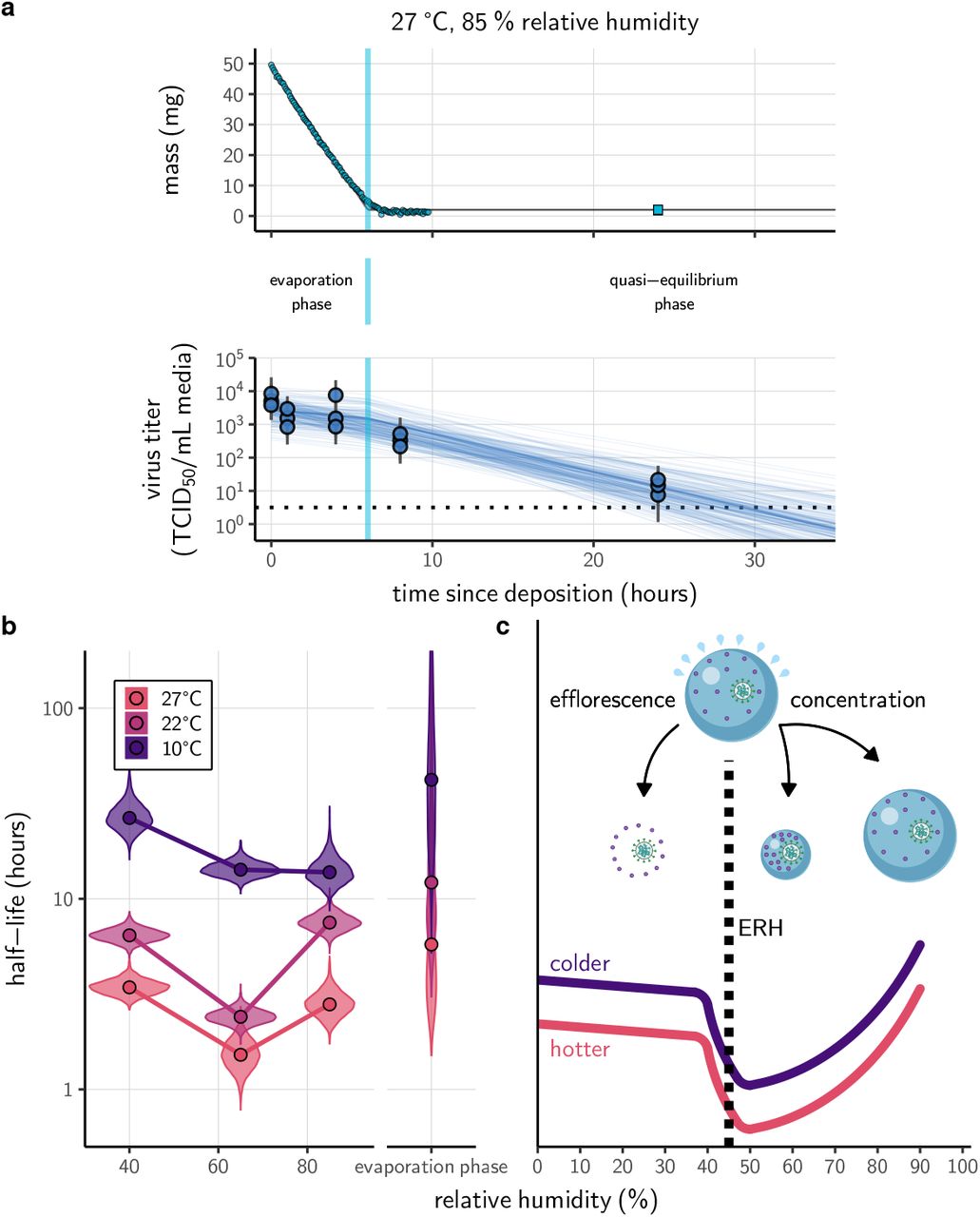
| Title: Mechanistic theory predicts the effects of temperature and humidity on inactivation of SARS-CoV-2 and other enveloped viruses (2020) |
| Author(s): Dylan H. Morris, Kwe Claude Yinda, Amandine Gamble, Fernando W. Rossine, Qishen Huang, Trenton Bushmaker, Robert J. Fischer, M. Jeremiah Matson, Neeltje van Doremalen, Peter J. Vikesland, Linsey C. Marr, Vincent J. Munster, and James O. Lloyd-Smith |
“exposure to dry air impairs host defense against influenza infection, reduces tissue repair, and inflicts caspase-dependent disease pathology.”

| Title: Low ambient humidity impairs barrier function and innate resistance against influenza infection (2019) |
| Author(s): Eriko Kudo, Eric Song, Laura J. Yockey, Tasfia Rakib, Patrick W. Wong, Robert J. Homer |
“Previous research has found that, at typical indoor temperatures, relative humidity (RH) above 40% is detrimental to the survival of many viruses, including CoVs in general, and higher indoor RH has been shown to reduce infectious influenza virus in simulated coughs .“
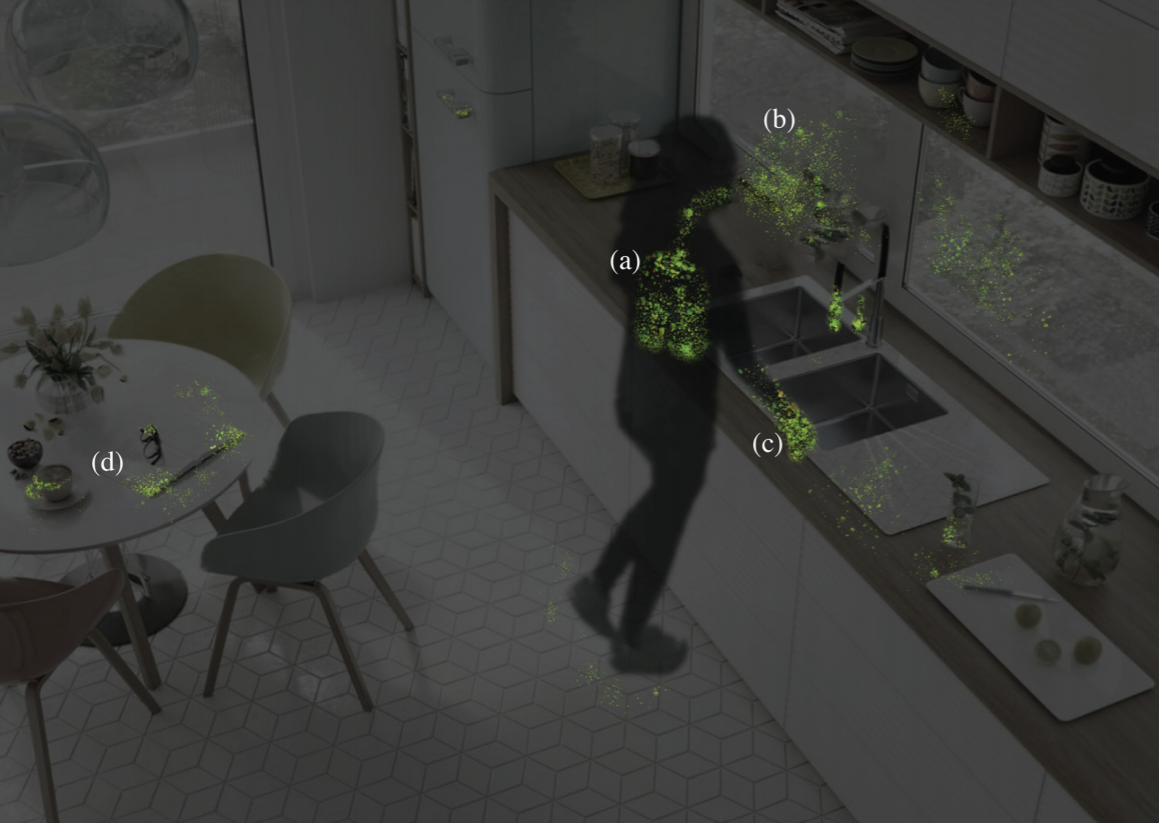
| Title: 2019 Novel Coronavirus (COVID-19) Pandemic: Built Environment Considerations To Reduce Transmission (2019) |
| Author(s): Leslie Dietz, Patrick F. Horve, David A. Coil, Mark Fretz, Jonathan A. Elsen, Kevin Van Den Wymelenberg |
“Elevation of the indoor air humidity may positively impact perceived IAQ, eye symptomatology, and possibly work performance in the office environment; however, mice inhalation studies do not show exacerbation of sensory irritation in the airways by low humidity.“

| Title: Indoor air humidity, air quality, and health – An overview (2018) |
| Author(s): Peder Wolkoff |
“We observed a significant reduction (p < 0.05) in the total number of influenza A virus positive samples (air and fomite) and viral genome copies upon humidification as compared to control rooms.“

| Title: Humidity as a non-pharmaceutical intervention for influenza A (2018) |
| Author(s): Jennifer M. Reiman, Biswadeep Das |
“Over the past few years however, a series of exciting studies have instead focussed on absolute humidity and demonstrated highly significant correlations with viral survival and transmission rates in both laboratory and epidemiological models.“

| Title: Influenza and humidity: Why a bit more damp may be good for you! (2015) |
| Author(s):Jane A. Metz, Adam Finn, (Journal of Infection 71, S54-S58) |
“Maintaining indoor relative humidity >40% will significantly reduce the infectivity of aerosolized virus.“
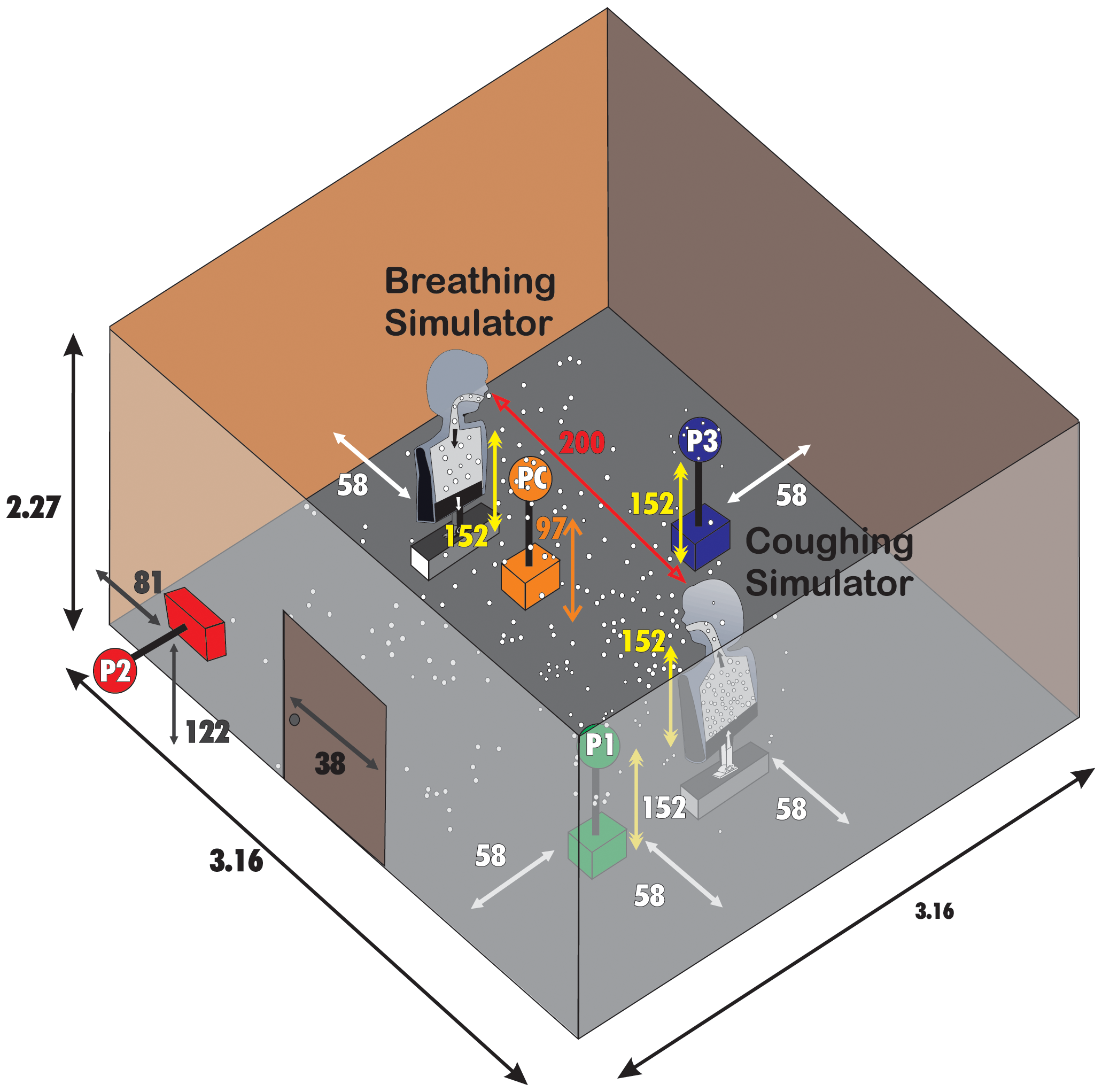
| Title: High Humidity Leads to Loss of Infectious Influenza Virus from Simulated Coughs (2013) |
| Author(s): John D. Noti, Francoise M. Blachere, Cynthia M. McMillen William G. Lindsley, Michael L. Kashon, Denzil R. Slaughter, Donald H. Beezhold |
“Many airborne viruses have been shown to be sensitive to ambient humidity, yet the mechanisms responsible for this phenomenon remain elusive.“

| Title: Mechanisms by Which Ambient Humidity May Affect Viruses in Aerosols (2012) |
| Author(s): Wan Yang, Linsey C. Marr |
” In conclusion, the season significantly affects indoor microbial exposures, which are influenced by temperature, relative humidity, and air exchange rates.“

| Title: Seasonal Variations of Indoor Microbial Exposures and Their Relation to Temperature, Relative Humidity, and Air Exchange Rate (2012) |
| Author(s): Mika Frankel, Gabriel Bekö, Michael Timm, Sine Gustavsen, Erik Wind Hansen, and Anne Mette Madsena |
“The relationship between inactivation and RH was not monotonic, and there was greater survival or a greater protective effect at low RH (20%) and high RH (80%) than at moderate RH (50%).“
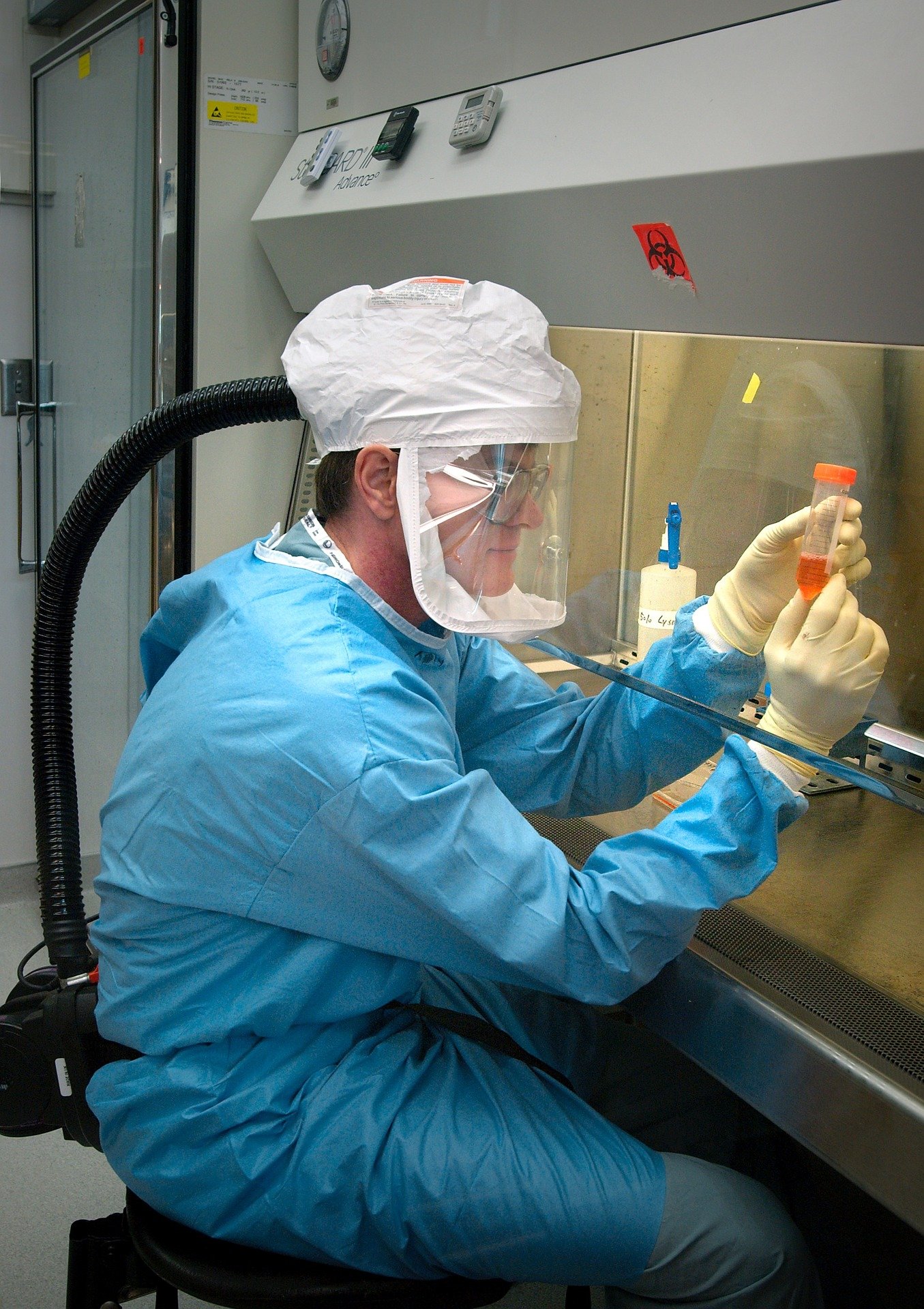
| Title: Effects of Air Temperature and Relative Humidity on Coronavirus Survival on Surfaces (2010) |
| Author(s): Lisa M. Casanova, Soyoung Jeon, William A. Rutala, David J. Weber, and Mark D. Sobsey |
“Laboratory research studies indicate that aerosolized influenza viruses survive for longer periods at low relative humidity (RH) conditions.“

| Title: Modeling the airborne survival of influenza virus in a residential setting: the impacts of home humidification (2010) |
Author(s): Theodore A Myatt, Matthew H Kaufman, Joseph G Allen, David L MacIntosh, M Patricia Fabian, James J McDevitt
“Using the guinea pig as a model host, we show that aerosol spread of influenza virus is dependent upon both ambient relative humidity and temperature.“
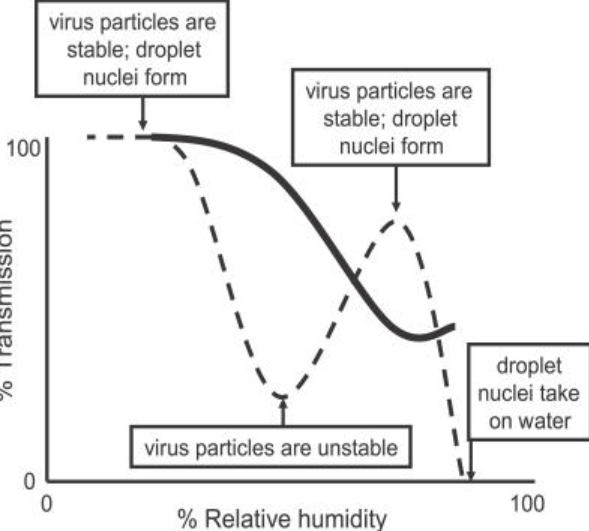
| Title: Influenza virus transmission is dependent on relative humidity and temperature (2007) |
| Author(s): Anice C Lowen, Samira Mubareka, John Steel, Peter Palese |
“Studies indicate that RH about 40% is better for the eyes and upper airways than levels below 30%. The optimal RH may differ for the eyes and the airways regarding desiccation of the mucous membranes.“

| Title: The dichotomy of relative humidity on indoor air quality (2007) |
| Author(s): Wolkoff P, Kjaergaard SK. |
“These findings suggested that to avoid dryness of the eyes and skin, it is necessary to maintain an RH greater than 30%, and to avoid dryness of the nasal mucous membrane, it is necessary to maintain an RH greater than 10%.“
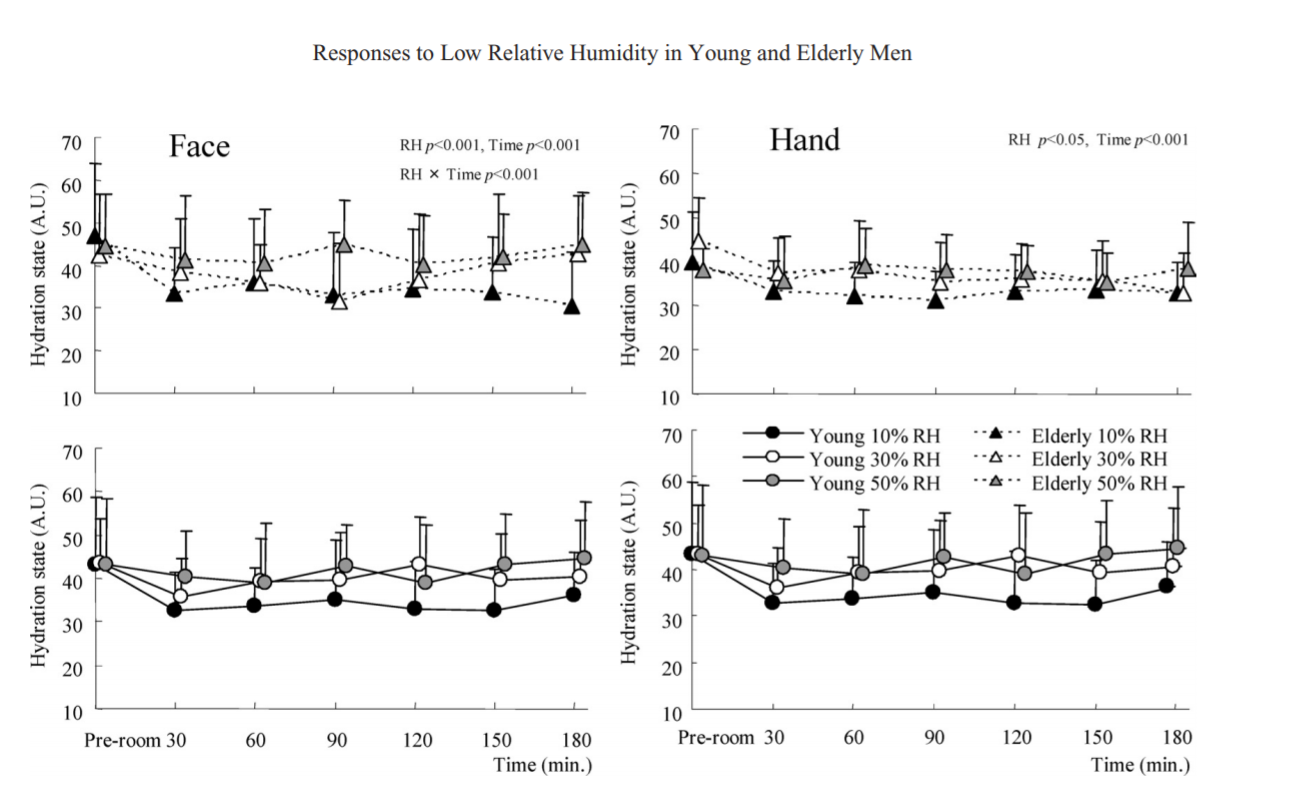
| Title: Physiological and subjective responses to low relative humidity |
| Author(s): Sunwoo Y, Chou C, Takeshita J, Murakami M, Tochihara Y. |
| more information |
